There are two possible solutions to my border problems that I can think of: to sell the bike here and possibly buy a new one in Cambodia, or to stash the bike here, go to Cambodia for a few days. Then, when I have been away for long enough to avoid the 30 day rule for Vietnamese visa exemptions, come back, collect the bike and ride it back to Vietnam and from there into Cambodia.
I was lucky enough to find a way to combine the two methods which gives me more options than anything else. I put an add on the internet to sell the bike (by the way, if anyone is interested, send me a message and we can work something out), then parked it at a travel agent. I then handed the agent my keys and blue registration card. So, I can sell the bike to someone, and once I get the money via transfer, I can let the agent know who to give the keys to. She can also help me sell it, and pass my contact to anyone who’s interested. If I don’t manage to sell it, I can come back, pick it up and ride to Vietnam and then Cambodia.
Setting up the add and arranging everything with the travel agent took most of the morning but I didn’t have to hand in the keys until evening. Not wanting to sit around all day I decided to see some of the waterfalls that I missed by going to Four Thousands islands. The most famous one, Tat Lo, was too far away but a bit of research gave me four waterfalls close to each other, just about 35 kilometers from the city. So, I took the bike, for what’s possibly the last ride, and headed there.
E-Tu fall is the closest to Pakse. It’s in a kind of resort but you don’t need to pay anything to get in. For the first thing you see in a day of sightseeing it’s pretty impressive.
The second fall I went to was Tad Gneuang, which is higher, bigger and more impressive than E-Tu in every way. The water falls from such a night that the air around the waterfall is full of spray, it’s almost like a thick mist or, when you get closer, drizzle except it comes from the side.
The third fall of the day, Tad Champee, is my favorite. It’s smaller than the previous two, only a few meters high, but pretty wide. What makes it special is that the top of it is on an overhang so you get something like a cave behind it. Walking behind a waterfall, looking out at the river valley, with the deafening roar of the water in your ears, is a really cool experience.
Up on the Bolaven plateau where all the falls are located, the Laotians grow coffee. There are some cafes near Tad Champee that claim to serve local coffee. I just had to give it a try, but it was nothing special. As I was drinking my coffee the sky kept getting more and more overcast and I felt sure it was going to rain. The access roads to all the falls are just dirt roads and I don’t want to be there if it’s raining so I figured I might have to skip the last waterfall.
When I got out on the main road however, the weather we still fine and since the last waterfall was just nearby I decided to go there anyway. I’m really glad I did because it is quite a sight. Two rivers plunge into a large, almost cylindrical hole with a little pool far below. At the distance from where you are seeing it, the white streams of water surrounded by spray look almost like smoke. I stood there at the railing for a couple of minutes just looking at it, mesmerized by the effect.
Having seen the waterfalls I headed back to Pakse, handed in the keys to the travel agent and said goodbye to the bike. I’ve spent nearly two months and over 6000 kilometers on Sally, as I call her, it’s actually a bit sad to leave her here.
Now that I’m leaving Laos, time for a few final observations:
Because Vietnamese is written with roman letters (all be it with lots of extra lines and dots) it’s sometimes hard to understand. Lao on the other hand is written with a script similar to Thai so many signs for restaurants, place names and such are in dual languages. The only problem is that there is no definite way of romanizing Lao names so you get some discrepancies between guidebooks, maps and street signs.
All the cool kids in Laos love to ride the Honda MSX. I kind of understand why, it’s a cool looking bike but Laos is the wrong country for it. I would never want to ride a bike with such small wheels on these roads.
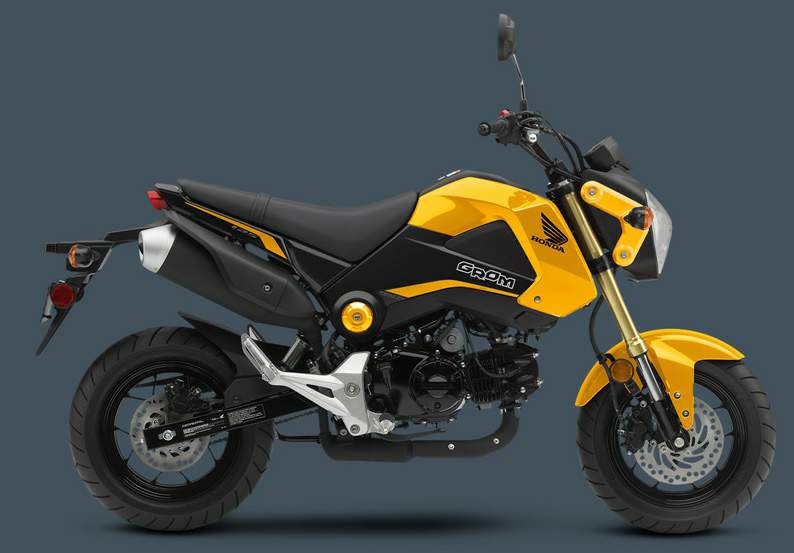
There is a surprisingly large Chinese presence in Laos, so much so that a lot of signs for hotels and restaurants have Chinese writing on them. I think it’s interesting because I didn’t see much Chinese in Vietnam, despite that country having a much stronger historical influence from China (Laos is more influenced by Indian culture).
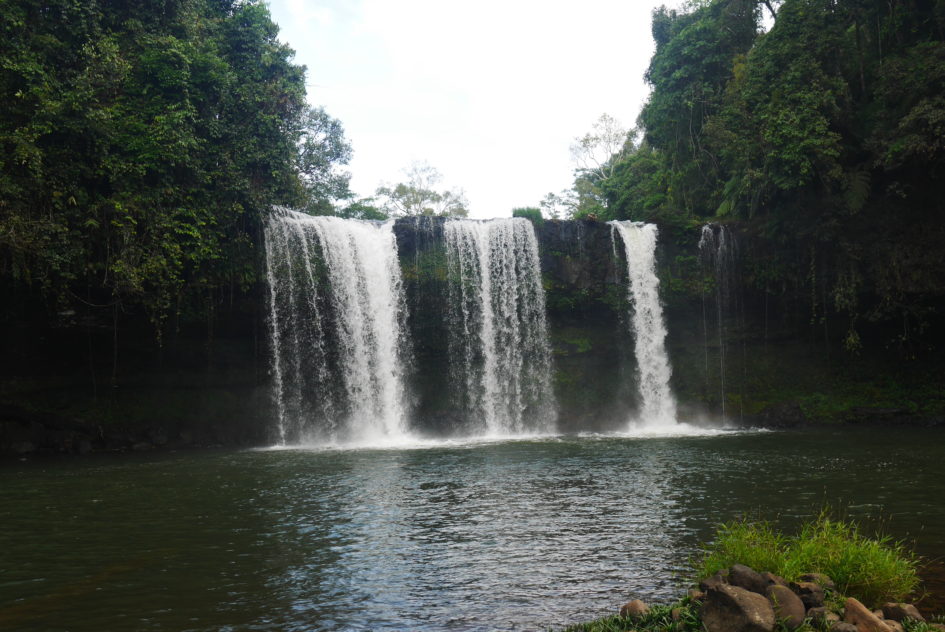
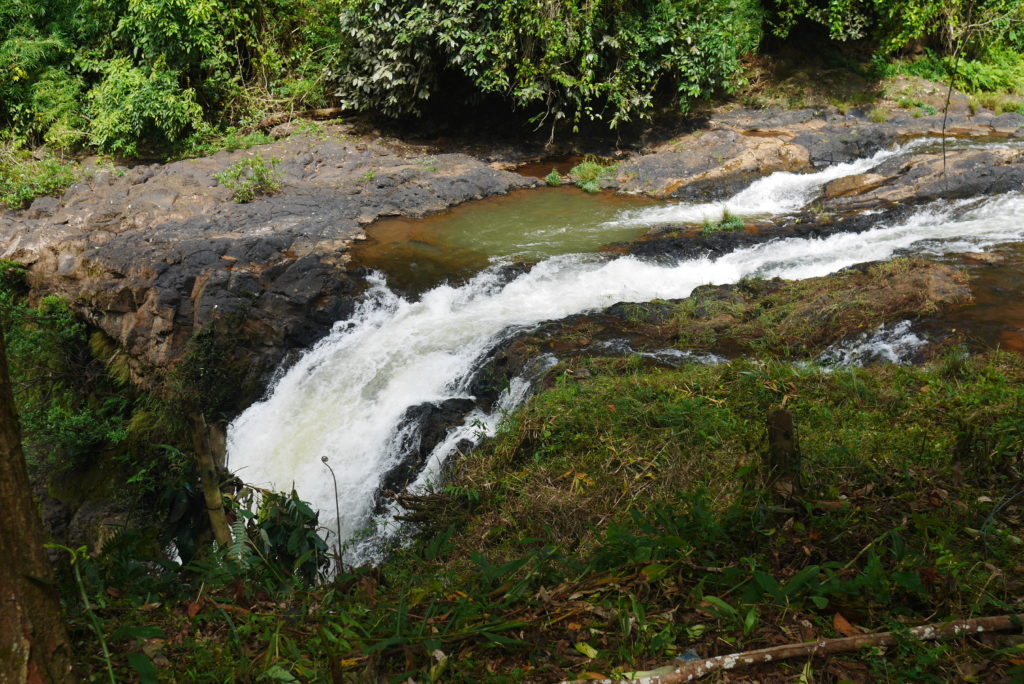
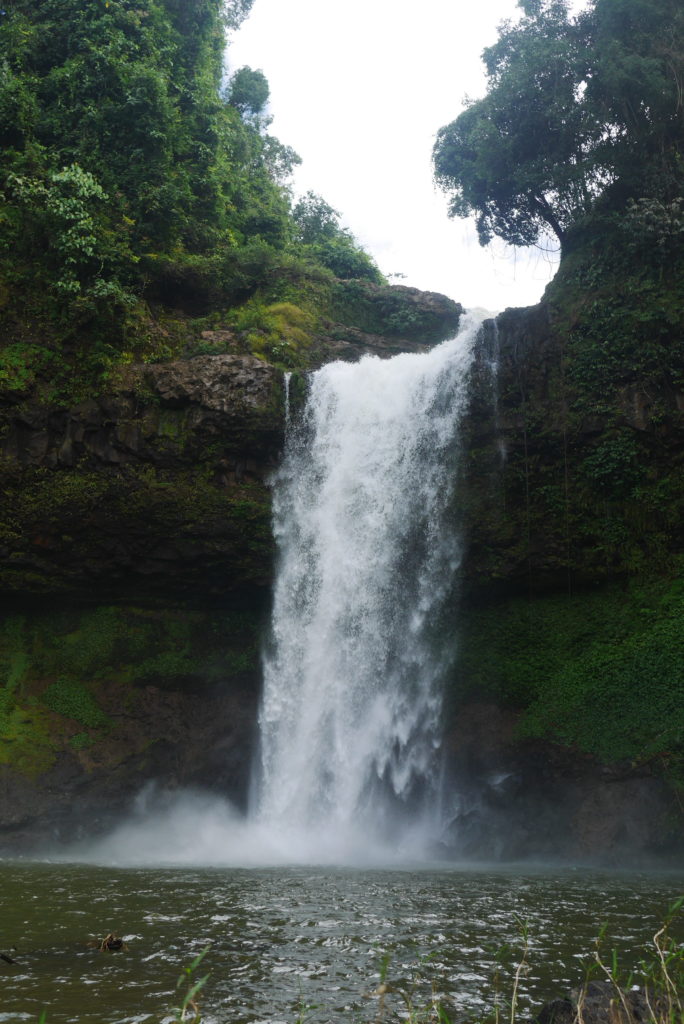
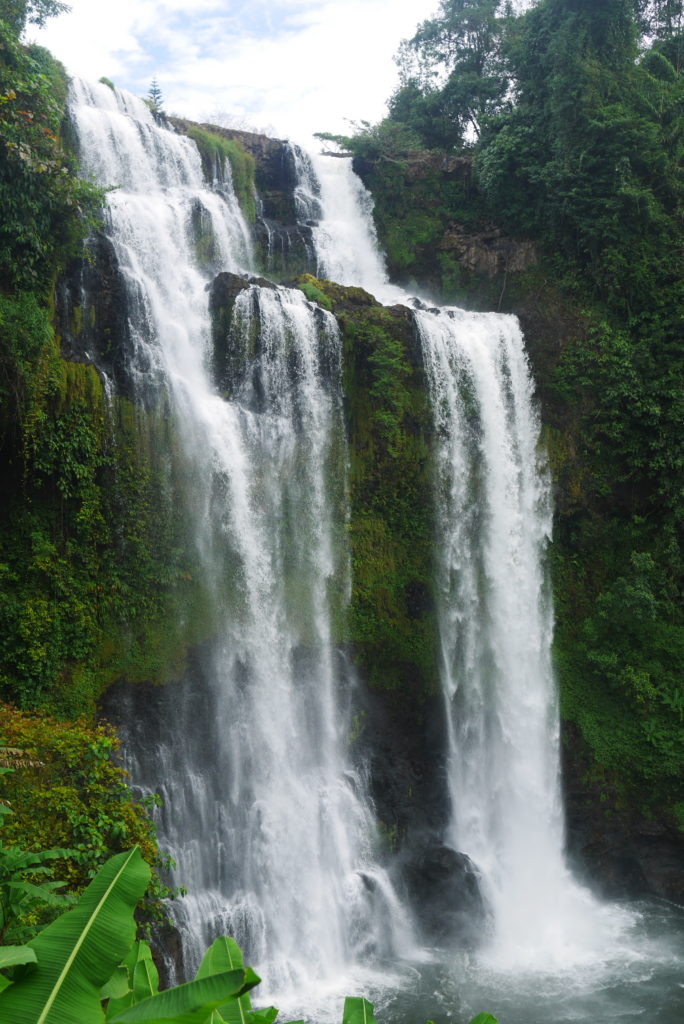
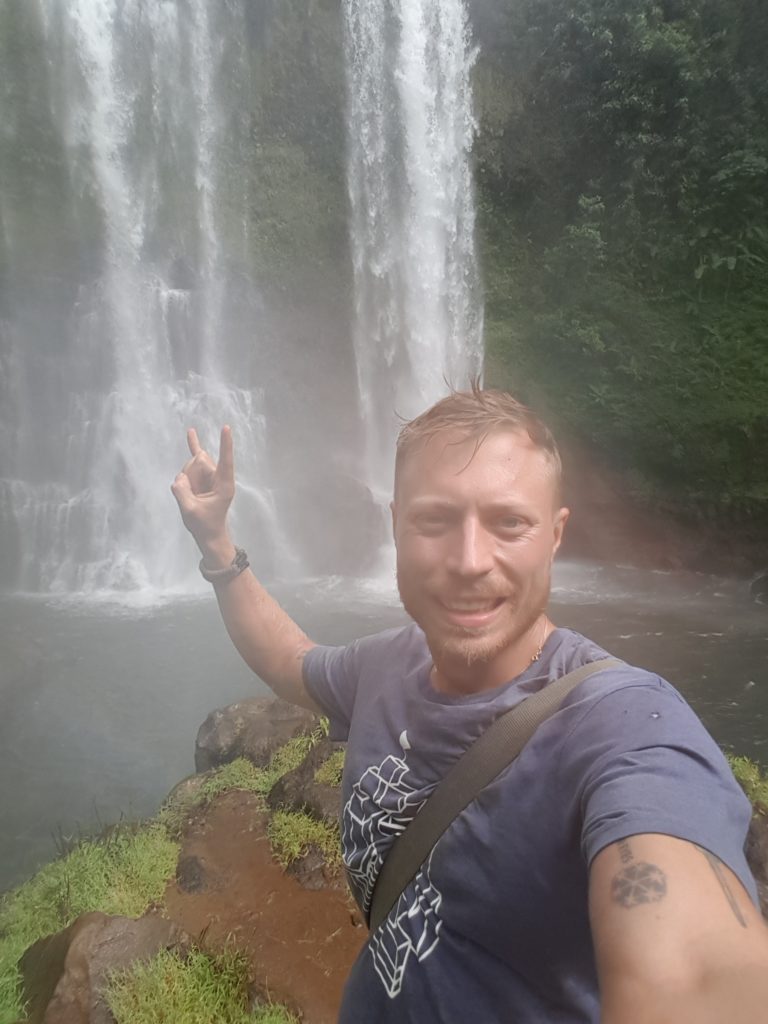

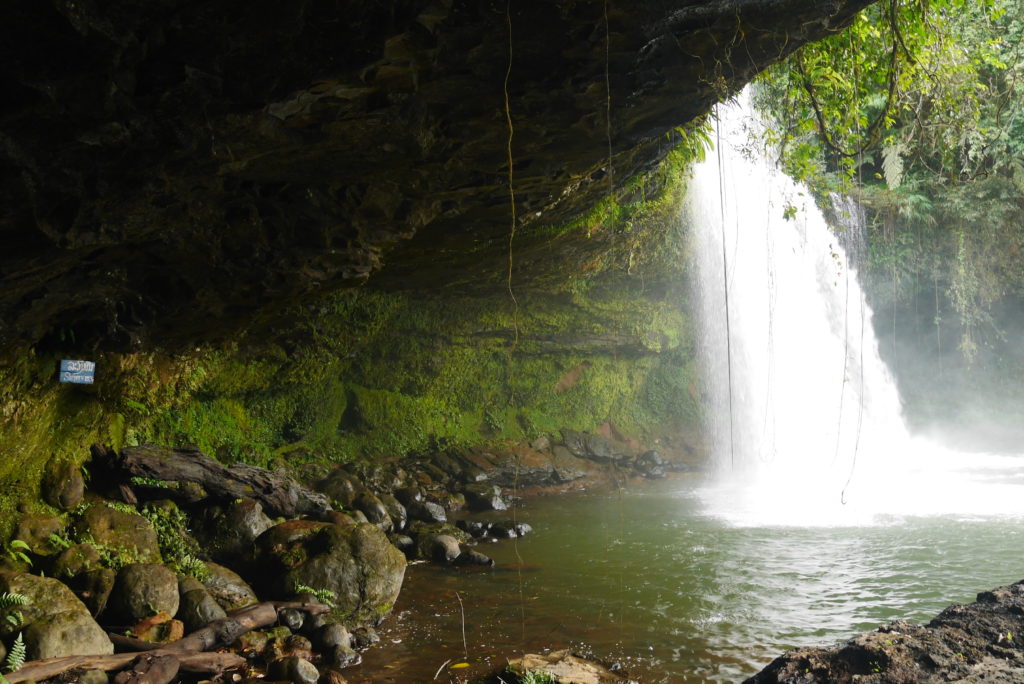
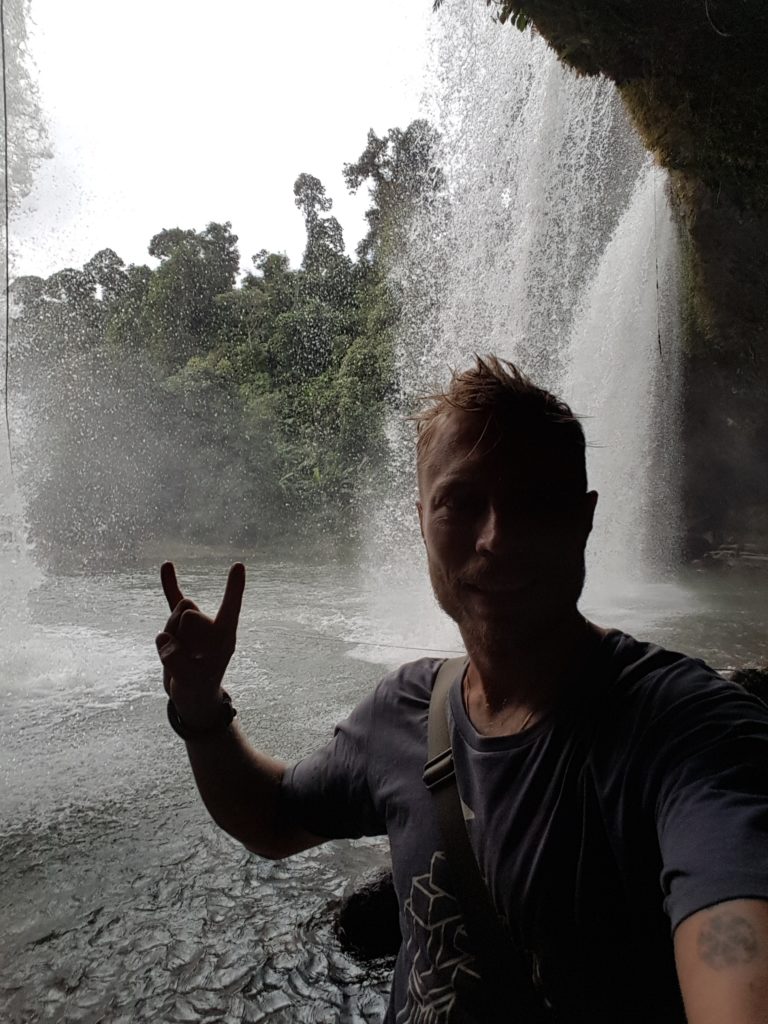
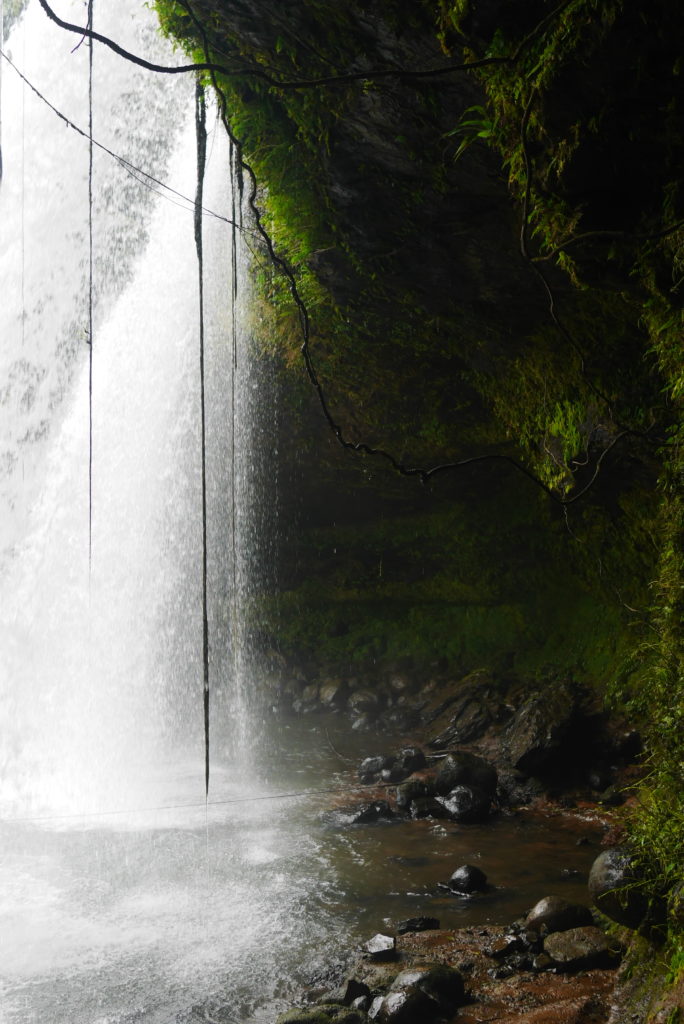
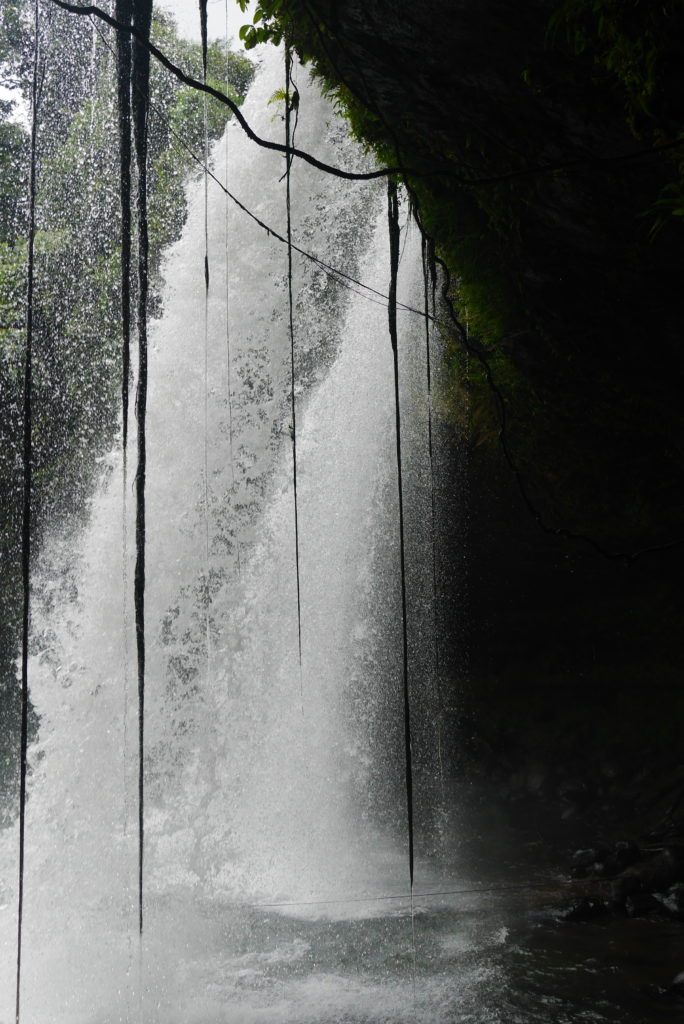
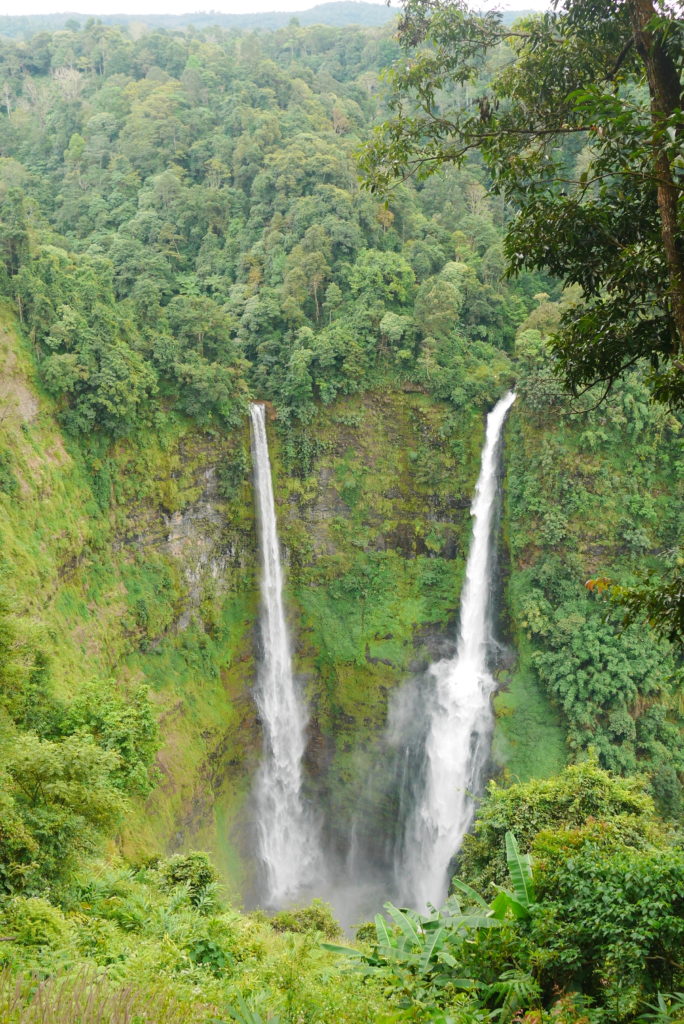
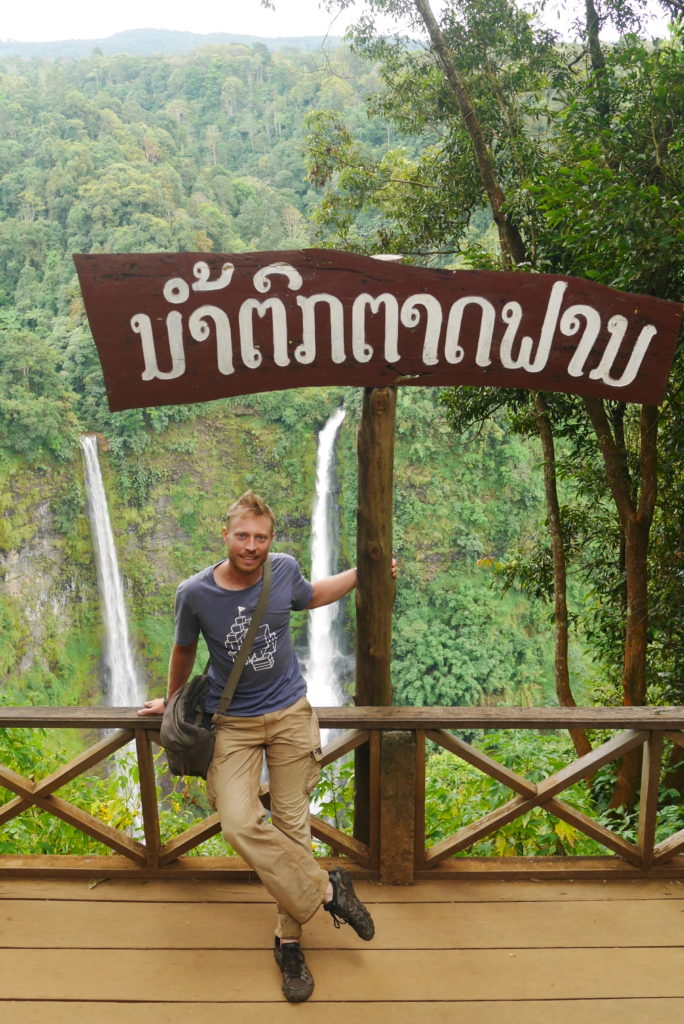
Leave a Reply